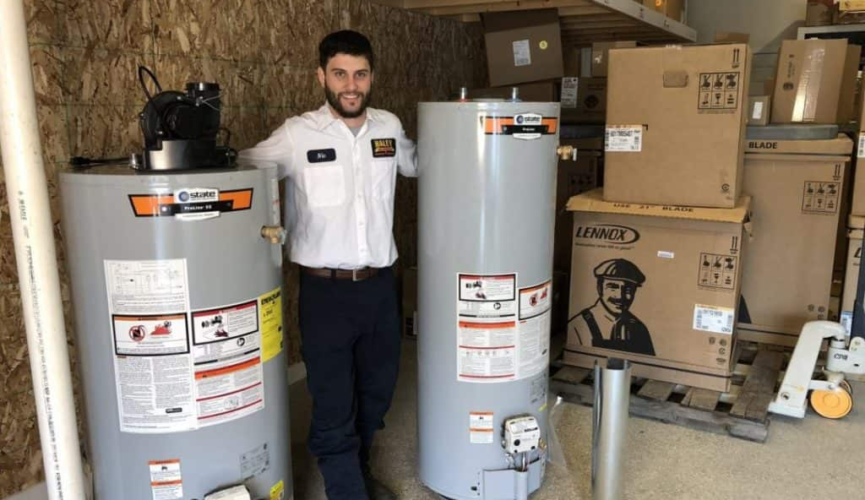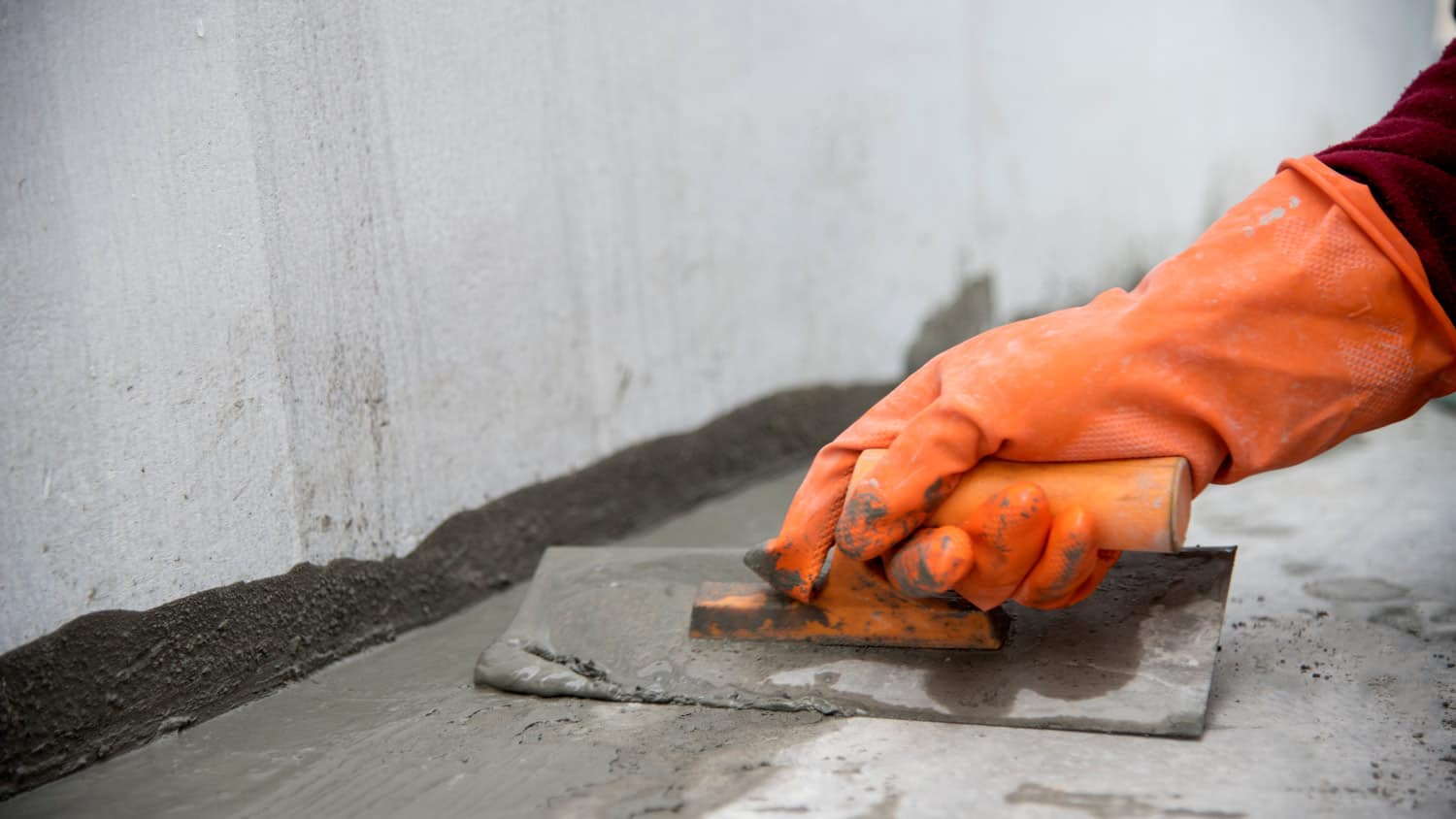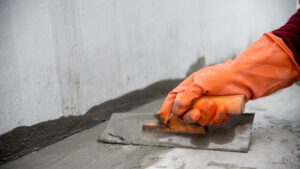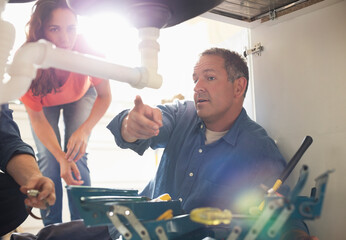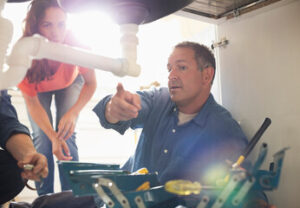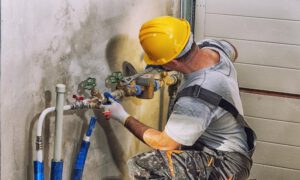Denver Water Heaters are the most significant appliances in your home. It ensures you have hot water for bathing, cooking, washing dishes, and other household chores.
With a potent company motto and unwavering brand promise, it has carved a niche for itself in the world of water heater manufacturers. Their commitment to crafting products that seamlessly amalgamate user convenience, safety, and energy efficiency resonates with today’s discerning consumers.

The cost of installing or replacing a water heater depends on several factors, including the type of unit and fuel source. The location of the unit also affects costs. For example, placing a tank water heater closer to hot water usage points can reduce energy costs by minimizing piping heat loss. It can also shorten the time needed for the hot water to reach the fixtures, reducing the need for recirculation loops and pumps.
Water heaters consume about 18 percent of a home’s energy, so choosing an efficient model can significantly lower utility costs. Energy-efficient models also offer significant environmental benefits. Considering these savings, a newer model may pay for itself in less than 10 years.
Besides selecting the right size, homeowners should consider the price of energy to operate the unit. Gas water heaters are typically more expensive to run than electric units, but the higher initial purchase cost can be offset by lower energy bills. In addition, gas tanks can suffer from “standby losses,” which occur when the temperature in the tank is maintained even when the faucets are turned off.
Electric water heaters use less electricity, but they take longer to heat up. They can also cost more to install than gas units, especially if the homeowner needs to add a new electrical circuit or a dedicated water line.
Upgrading a gas water heater to a propane model is a more costly option. This usually requires a plumber to upgrade the gas line, as well as a plumber and electrician to add a new circuit and wiring.
Many states require a permit before starting work on plumbing and electrical projects, which can add to the total cost of the project. This is true of a water heater installation, and local code requirements should be taken into consideration.
The installation and replacement costs of a water heater depend on several factors, including the unit’s type, size, fuel type, brand, and venting system. Some installers have a flat rate for the entire job, while others bill by the hour. In general, hiring a plumber can cost $50 to $150 per hour.
Water heaters use the second most energy in the home, second only to heating and cooling. They burn fossil fuels and produce carbon dioxide and other greenhouse gases. Energy-efficient water heaters reduce household energy consumption and help reduce utility bills.
Traditional water heaters with storage tanks use a lot of energy to keep water hot. When the tank empties, it takes time for the water heater to resupply it with fresh hot water. Inefficient models can waste up to 30% of the energy they consume. Newer, more efficient water heaters cut this energy use.
The most efficient water heaters are gas-fired, with a low energy factor and an insulated tank. These models use less energy than older models and have a lower water temperature rise than their non-efficient counterparts. In general, look for ENERGY STAR® models with a thermal efficiency of 0.67 or higher (based on assumed usage of 64 gallons per day).
An insulated water heater and pipe insulation blankets reduce heat loss from your water heating system. They can reduce energy consumption by up to 20%.
Water heaters can also lose energy as they heat up, as they cool down and when hot water runs through pipes in your home. Energy losses from these activities account for a significant portion of your energy bill. To minimize wasted energy, look for a low standby loss factor and a high recovery efficiency.
Electric demand water heaters use much less energy than conventional storage tank units. However, they require a large electrical load and may not be appropriate for homes without sufficient wiring capacity. Look for a model with a modulating temperature control that matches hot water use to available power.
A small electric demand unit makes sense in an addition or remote part of the house. This can eliminate heat losses through hot water pipes in those areas. Look for a unit with a low temperature rise and flow rate, as well as a small electric load requirement (kW) to ensure your wiring can handle the load. Until industry-standard specifications are established, it will be difficult to directly compare the performance of different models.
The water heater is a large, hot metal box that’s usually located in the basement or garage. It has inlets and outlets that allow it to move water around your home, a thermostat to monitor its temperature, and a pressure relief valve to ensure that it doesn’t produce unsafe levels of pressure. It’s important that your tank is sized correctly for your home, and you regularly perform maintenance to keep it in good condition.
Water heaters are typically flammable and should not be kept near combustible items, such as paint cans, gasoline containers, oil-soaked fabrics, and garbage. If a leak occurs and gas fumes come into contact with these materials, they could ignite and create a fire breakout that could spread throughout your entire home.
In addition, it’s essential to keep the area surrounding your water heater free of clutter and combustible materials to reduce fire risks and help ensure proper ventilation. Clutter may also obstruct the pilot light, causing it to malfunction or even explode, which could pose serious health risks. It’s also a good idea to check the pressure valve on your water heater on a regular basis to ensure that it’s working properly and that it isn’t overpressurized.
Lastly, be sure to install carbon monoxide detectors in your home and place them near your water heater to keep an eye out for dangerous CO fumes. They can warn you of these odorless, colorless gases before they can cause an accident or kill someone.
A lot of people aren’t aware that they need to drain and flush their water heaters every six months to prevent sediment buildup, which can lead to leaks. Many also aren’t familiar with the hazards of hydrogen gas, which can accumulate inside an electrically heated water heater if it goes inactive for two weeks or more. In this case, a professional should be contacted to drain the system and vent it properly so that the flammable gas doesn’t leak into your home. Similarly, your home’s ventilation system should be inspected to make sure that it isn’t leaking or blocking the water heater.
If your water heater is nearing the end of its life, it may be time to replace it. The installation process is fairly simple for those with plumbing and electrical skills. However, it’s important to check local building codes and have proper tools for the job. The first step is to disconnect the existing unit. Attach a hose to the drain valve and connect it to a floor drain or outdoor vent. Allow the old tank to drain completely before removing it. Be sure to wear protective clothing when working with hot water. You’ll also need copper tubing, pipe cutters, and soldering equipment. Then, connect the new water heater to its gas and electric lines. If you’re using a natural gas model, make sure the valve is open and follow the manufacturer’s instructions for connecting a temperature and pressure relief valve. Before connecting the new pipes, be sure to purge air from both the unit and the home’s plumbing system by opening several hot water outlets.
Once the plumbing is connected, you can start hooking up the power. Make sure the circuit breaker is turned off and use a volt meter to check that the wires are not energized. Installing a new water heater may require the removal of existing woodwork, and it is recommended to insulate the water pipes to reduce energy costs.
When installing a tankless water heater, it’s best to hire an electrician to make the connections. The most difficult part of this project is gaining access to the electrical wiring inside the water heater. To do this, remove the electrical covering plate on the top of the unit. Then, reconnect like-colored wires with wire connectors and lead the ground wire from the incoming power to the green ground screw on the water heater.
Most homes have copper pipes, corrugated flexible metal connectors, or PEX (polyethylene piping). For those who plan to use PEX for their water supply, it’s a good idea to review the manufacturer’s literature and watch YouTube videos on this material. Otherwise, it’s likely to be a challenge to connect PEX to the water heater.

